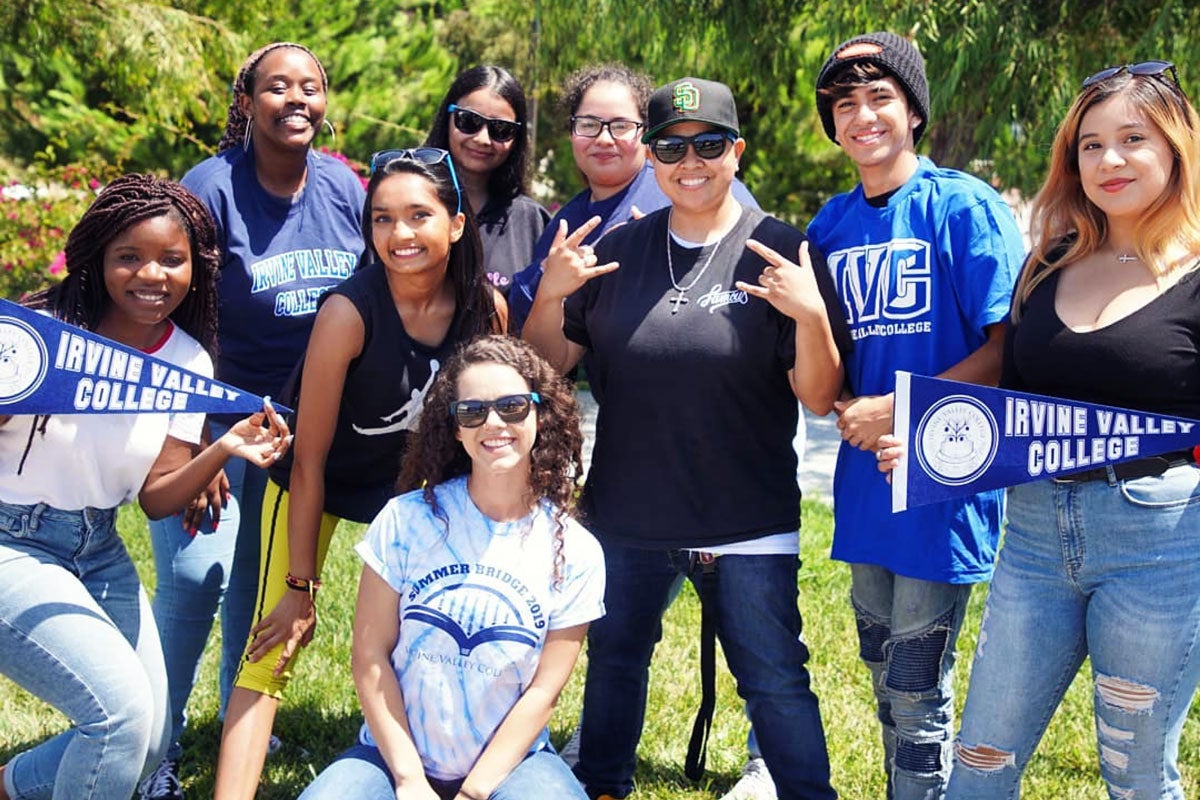What are personal pronouns, how are they connected to the LGBTQIA+ community, and why do they matter? Pronouns are a part of speech (like nouns, adjectives, verbs, etc.), they are a word that replaces a noun in a sentence. In English, most of these are gender neutral (ex. I, me, we, you, they). However, some third person pronouns in English are gendered, notably “he” and “she”, though singular gender neutral “they” is also used.
Using someone’s correct pronouns is a way to respect them and create an inclusive environment, just as using a person’s name is a way to respect them. These are all fundamental ways to honor someone’s humanity and make them feel recognized and validated, so it is important to get them right.
Typically when talking about pronouns in an LGBTQIA+ context, people are referring to third person pronouns. The most commonly utilized of these are “she”, “he”, and “they”. Often when written or spoken the set of pronouns will be given (ex. they/them, or he/him/his). People may also make use of multiple sets of pronouns, like they/she, or he/she/they. Some people also use newly created pronouns called “neopronouns'' that include (among many others) Xe/Xir/Xirs and Fae/Faer/Faers, or people may not want to have pronouns used for them at all, preferring to be addressed by their name only.
Pronouns are often discussed in an LGBTQIA+ context, not because only LGBTQIA+ individuals use pronouns, but because for many people they are an important part of their gender expression, identity, and/or transition. Transgender people are most commonly associated with changing their pronouns, however cisgender people (those who are not transgender) can also use a variety of pronouns they aren’t necessarily “expected” to use. Attempting to guess people’s pronouns based on their appearance or behavior can be offensive or harassing. (Just like attempting to guess someone’s name based on their appearance or behavior would be.) Pronouns can be a part of someone’s gender expression and identity, but no one has to look or act any particular way for their pronouns to be used. Anyone can use whatever pronouns they like. Someone’s pronouns cannot be assumed just by looking at them, so it is best practice to share your pronouns and ask for the pronouns of others (and not to ask just people that appear gender non-conforming for theirs).
Things you can do:
- Learn about pronouns: Come to trainings to learn about pronouns, the etiquette surrounding them, and what sort of impact you can have on the people around you through proper pronoun usage. (Contact Erin Pollard to schedule a pronoun or safe space training! You can also view an online version of a training that deals with pronouns here while waiting to attend one in person.)
- Demonstrate knowledge: Use the right pronouns for people, use gender neutral language for people you don’t know (to show that you know you can’t guess someone’s identity by looking at them), allow yourself to be corrected if you make mistakes and to learn from those mistakes.
- Share your pronouns: Sharing your pronouns shows that you acknowledge you cannot assume someone else’s pronouns by looking at them, and demonstrates that you have at least some knowledge of pronouns to people who might be in need of affirmation.
- Help people share their pronouns: At Irvine Valley College we have many ways for people to share their pronouns. One of the most powerful things you can do is share the knowledge you have about the importance of correct pronoun usage, and help other people share theirs.
- Students at IVC can add their pronouns to Mysite
- Employees can add their pronouns to Workday
- To see how, go here
If you have questions about any of this information or would like to know more, please contact us.






